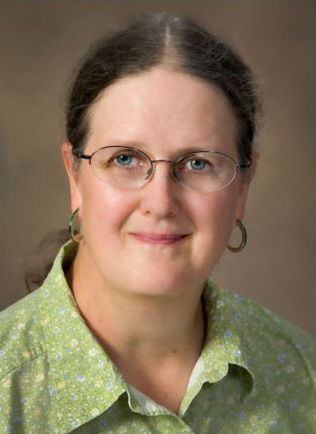Heilborn Lectures

2023-24 Heilborn Lecturer
Marcia J. Rieke
Principal investigator for the near-infrared camera (NIRCam) on the James Webb Space Telescope
Regents' Professor of Astronomy at the University of Arizona
Elizabeth Roemer Chair in the Steward Observatory
Lectures:
Tuesday, April 2, 2024
2:15 pm - Room L211, Technological Institute, 2145 Sheridan Road
Gratification from Building and Testing JWST: A Potpourri of First Results
The James Webb Space Telescope required a new approach to optical design and cryogenic cooling. Successful ground tests were followed by six months of commissioning after launch. The commissioning process was a carefully orchestrated exercise to align the telescope which yielded performance nearly twice as good as pre-launch predictions (e.g. the telescope is diffraction-limited almost down to one micron rather than the predicted limit of two microns). This level of performance has yielded breakthroughs in many areas ranging from the most distant galaxies to nearby galaxies to exoplanets and solar system objects.
Wednesday, April 3, 2024
3:30 pm - Room L211, Technological Institute, 2145 Sheridan Road
The Search for the Most Distant Galaxies
One of the original rationales for building JWST was to move beyond the limitations of the Hubble Space Telescope in the search for the first galaxies to form. This search is now yielding fruit as the results of JADES, the JWST Advanced Deep Extragalactic Survey. JADES uses 800 hours of observing time largely from the NIRCam and NIRSpec Instrument Teams. By always using NIRCam in parallel with either NIRSpec or MIRI, the effective data gathering time is doubled. This program has already pushed the redshift limit to z~13.2 with more to come. Spectroscopy has revealed surprises such as a galaxy observed at an age of only 700 million years that has so much carbon that a 2175 Angstrom extinction bump is seen. Other surprises include detection of more z>7 galaxies than predicted and many galaxies with extremely strong emission lines.
Friday, April 5, 2024
Public Lecture
4:00 pm - Ryan Family Auditorium (L165), Technological Institute, 2145 Sheridan Road
James Webb Space Telescope: 25 Years to Build, 2 Years to Change Astronomy
The James Webb Space Telescope is the most ambitious and complicated telescope ever to be launched into space. To design, build and test a folding telescope more than 20 feet in diameter took a dedicated team of engineers and scientists. With the telescope performing beyond expectations, astronomers are rejoicing in the data that are overturning some of our previous thinking about distant galaxies and other objects. A brief history of the telescope's development will be presented as well as some of the most exciting results so far.
Marcia Rieke is a Regents Professor of Astronomy at the University of Arizona. Her research interests include infrared observations of the center of the Milky Way and of other galactic nuclei and observation of the infrared sky at as faint a level as possible to study distant galaxies. These research interests have driven her to characterize and develop large-format, low-noise infrared detector arrays. She received her undergraduate and graduate degrees in physics from the Massachusetts Institute of Technology. She came to the University of Arizona in 1976 as a postdoctoral fellow and has been there ever since. She has served as the Deputy Principal Investigator on NICMOS, (the Near Infrared Camera and Multi-Object Spectrometer for the Hubble Space Telescope), the Outreach Coordinator for the Spitzer Space Telescope, and now is the Principal Investigator for the near-infrared camera (NIRCam) for the James Webb Space Telescope. She is a member of the American Academy of Arts and Sciences, the National Academy of Sciences and was recently named the Professor Elizabeth Roemer Endowed Chair in Astronomy. In 2023 she received the NASA Distinguished Public Service Medal.
To learn more about the Heilborn Lecture and for a list of past Lectures, click here.
